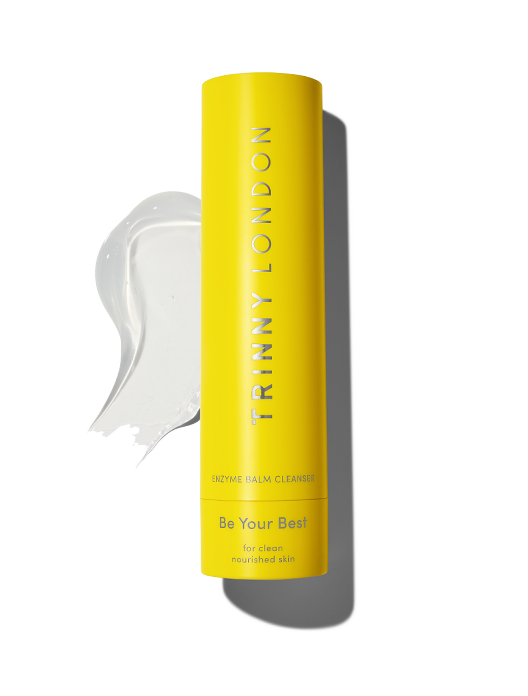
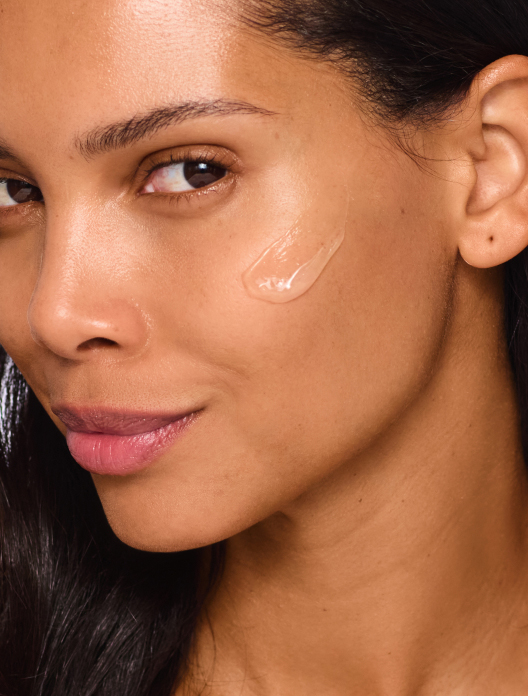
Be Your Best
Oil-based transforming cleanser for clean, nourished skin, suitable for all skin types

An uninvited and unwelcome guest, hormonal breakouts can affect anyone, regardless of whether you had previously had breakouts as a teen. We might not normally put much thought into our hormones, but we are all constantly beholden to them, even if we only really consider them in correlation to our menstrual cycle, pregnancy and the menopause. They are the puppeteers working behind the scenes, pulling the strings that impact everything from our sleep cycles to our weight.
As we approach our period, female hormones, like oestrogen, are at their lowest, while male hormones (also known as androgens), such as testosterone, surge. This increase in androgen hormones can lead to excess oil production. When the oil comes into contact with dead skin cells, it can block pores. surface, which can then drive inflammation.”
In short, hormones are the masterminds behind your time-of-the-month acne, with your sebaceous glands carrying out their dirty work by producing the extra oil. Which brings us onto another very important point. Hormonal acne is not caused by dirt, and there is no correlation between these blemishes and hygiene. In fact, many people who have acne have the exact opposite, and over-cleanse in an attempt to bring down their breakouts.
Not sure if your blemishes are caused by hormones? You can normally tell hormonal breakouts by the time in the month it appears, namely the week before your period. These blemishes also tend to be on the lower half of your face, where they congregate across your chin and along your jawline. To add insult to an already frustrating situation, hormonal breakouts can commonly take the form of nodules and cysts, both of which sit deeper in the skin than whiteheads and blackheads. This type of spot can really throb, and take longer to make themselves scarce.
If this doesn’t sound familiar to you, it could be that your breakouts are caused by something else, such as stress or wearing a face mask.
Unfortunately there is no ultimate, one-size-fits-all way to get rid of hormonal breakouts. Instead, it is a case of trialling different approaches and treatments to find one that suits you and your skin.
As previously mentioned, hormonal breakouts can be cystic, which is even more of a reason not to squeeze or prod it. Playing with your breakouts and popping spots can at best aggravate them, increasing redness and discomfort, and at worse, push them even further into the skin. So, if you don’t want them to extend their stay on your face, we’d recommend leaving well alone.
The idea that hormonal breakouts is fuelled by below-average hygiene is a myth. But, it does explain why so many of us reach for astringent, stripping washes in an attempt to dry out our breakouts. We know that too much oil can lead to blemishes, but oil in general is a good thing. It’s our skin’s natural lubricant, helping to keep it soft and comfortable. Without oil, skin can become tight and dry, adding yet more skin gripes to your existing concerns. Double cleanse at night, using an oil-based cleanser first to break down makeup and SPF, followed by a gel to clear your pores. In the morning, just one cleanse is enough to whisk away residual skincare, sweat and dead skin cells. Any more than that, and you run the risk of dehydrating your skin.
We might not have any say in what our hormones are up to, but there are topical ingredients that can help to balance the production of oil. Niacinamide is one such ingredient, and does a brilliant job of normalising oil flow in the skin. Think of it as a commanding line manager, making sure that skin behaves exactly as it should. It’s also a super soother, which means it comes in handy when bringing down redness in existing angry blemishes.
Beta-hydroxy acids, also known as BHAs, are a brilliant ingredient to have in your skincare arsenal. Your troops on the ground, these oil-soluble molecules can travel into pores to clear away daily debris. By removing the dead skin cells, there’s nothing left in the pores for excess oil to stick to, reducing the chance of future breakouts. As with all new ingredients to your routine, start slow, using just a couple of times a week, and build up as your skin adjusts.
Retinoids might be most commonly touted for tackling signs of ageing, but they were traditionally used for the treatment of spots. This powerhouse family of ingredients help to clear existing breakouts, as well as preventing new ones from forming. They do so by speeding up cell turnover so your pores don’t have a chance to become blocked.
There’s no underestimating the impact an blemish-prone complexion can have on your self esteem. If your breakouts are getting you down and affecting your ability to socialise or leave the house without makeup, we understand how hard it can be and recommend seeking the advice of a doctor or dermatologist. They will be able to prescribe targeted treatments stronger than anything available over the counter, as well as check if there is anything else going on internally that could be fuelling your breakouts. In some cases, they may also recommend taking the contraceptive pill.
Shop the article


Oil-based transforming cleanser for clean, nourished skin, suitable for all skin types
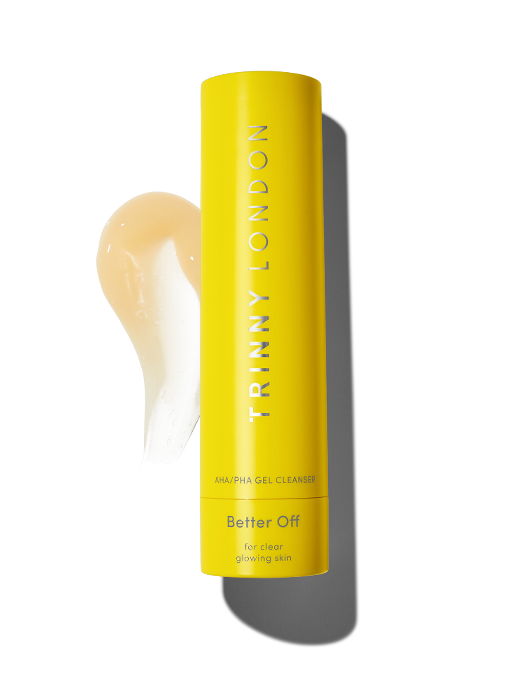
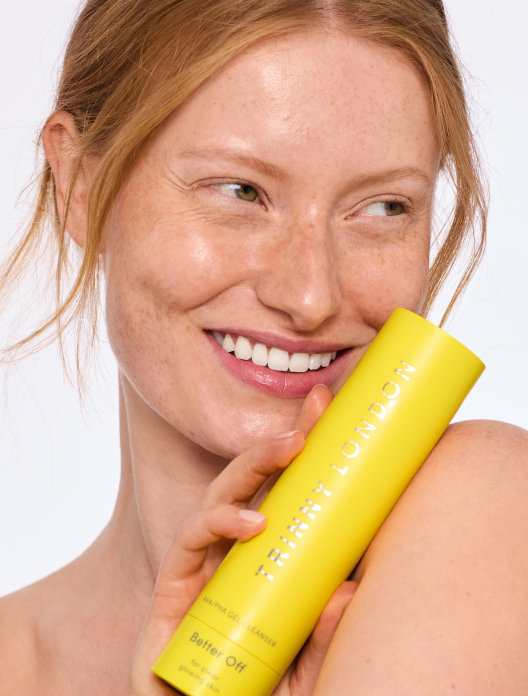
Exfoliating gel cleanser for clear, glowing skin, suitable for all skin types
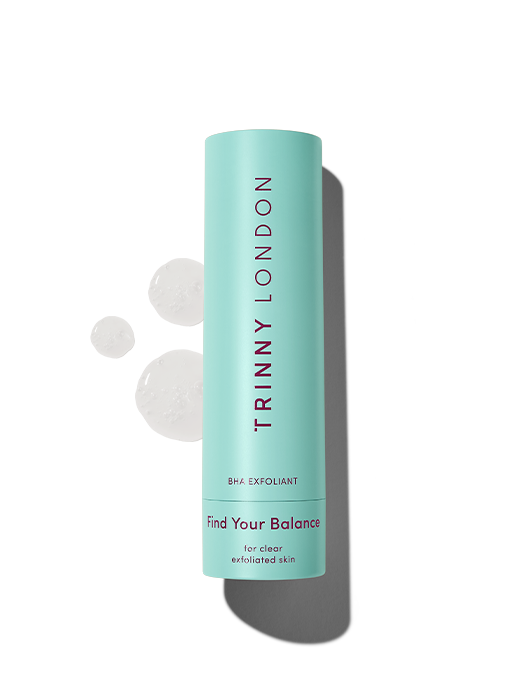
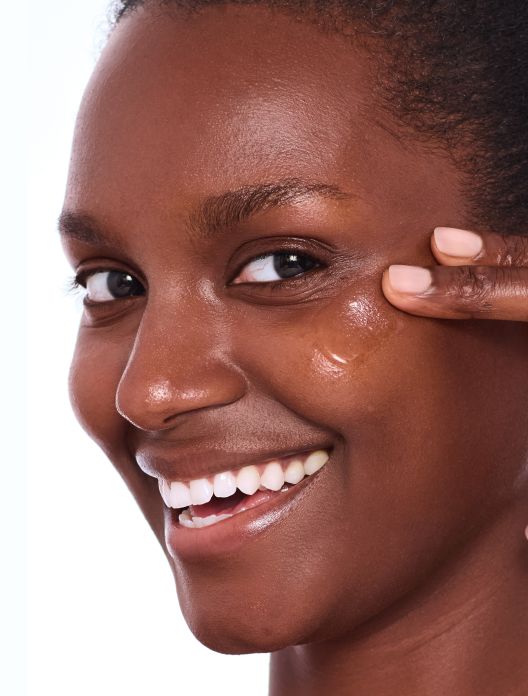
Clarifying complex to tackle blemishes
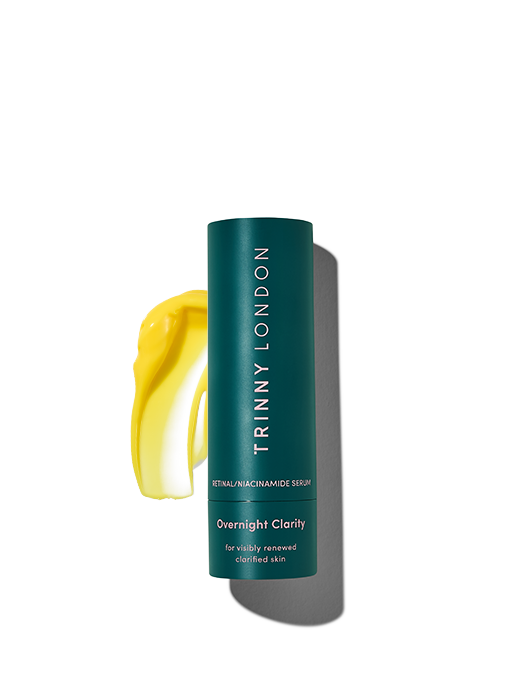
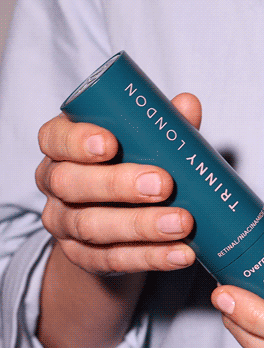
Retinal/niacinamide serum for visibly smooth, even skin, suitable for all skin types
Read, watch and be inspired...